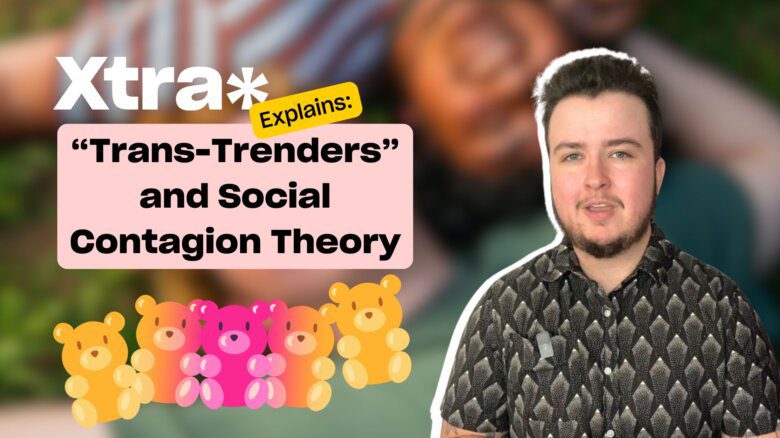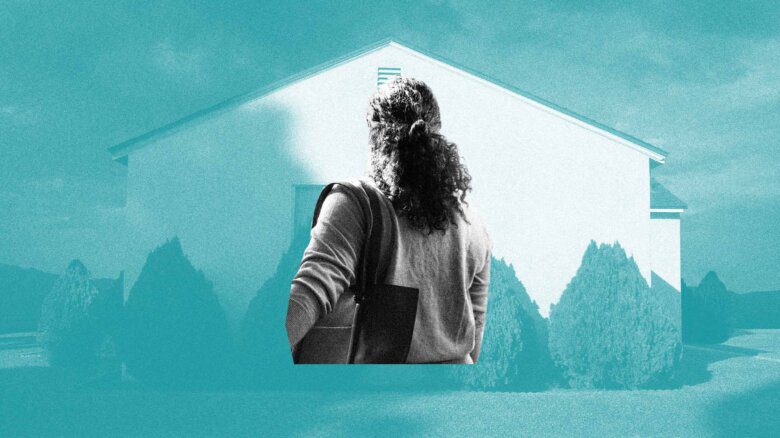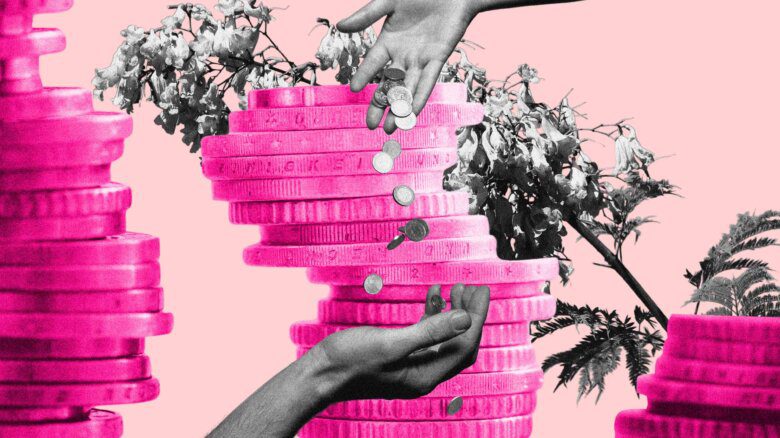The number of U.K. youth who identify as queer has doubled in the last four years, according to Britain’s Office for National Statistics (ONS).
Eight percent of respondents to the 2020 Annual Population Survey (APS) who are between the ages of 16 and 24 said they were gay, lesbian or bisexual, a sharp increase over the 4.1 percent in the same age group who identified as such in 2016. Around 2.7 percent of 16- to 24-year-olds identified themselves as gay or lesbian in the annual household survey, while 5.3 percent said they were bisexual.
Overall, 3.1 percent of Britons over the age of 16 identify as gay, lesbian or bisexual, according to data from the APS. More than 320,000 U.K. households were surveyed for the report.
The reports notes a “decreasing trend” in Britons identifying as heterosexual since 2014, when the ONS first began collecting data on sexual orientation. An estimated 93.6 percent of respondents identified as straight in 2020, a modest but still notable slide from the 95.3 percent of individuals who said the same in 2014.
Individuals filling out the survey have the ability to choose not to respond to the sexual orientation question, leaving open the possibility that more respondents simply wish not to discuss how they identify.
Although younger Britons are the most likely to identify themselves as something other than straight, prior surveys have indicated that older adults are also coming out in record numbers. The share of respondents over the age of 65 who said that they are gay, lesbian or bisexual increased from 0.7 percent in 2018 to 1 percent in 2019, but others still may be hesitant to reveal their orientation due to fear of discrimination.
Penelope McClure, a spokesperson for the ONS population statistics division, noted at the time that these totals represented a “statistically significant increase” over the previous year’s survey. Around 1.4 million Britons identified as queer in 2019, marking an increase of 200,000 from 2018.
The ONS surveys focused only on lesbians, gay and bisexual people, and did not include trans and non-binary individuals in the reports.
LGBTQ+ advocacy groups in the U.K. have celebrated the release of the newest APS results. Robbie de Santos, director of communications and external affairs at Stonewall, told the LGBTQ+ website Queerty that the report indicates that “an increasing number of LGBTQ+ people can be their authentic selves.”
“It’s important to remember that the number of LGBTQ+ people has not risen, but these statistics are a heartening sign that people are freer to be their true selves,” he said, citing the influence of shows like RuPaul’s Drag Race in furthering visibility.
Others, though, have expressed that the ONS survey does not represent a complete picture of Britain’s gay, lesbian and bisexual population. Laura Russell, Stonewall’s director of campaigns, strategy and research, said the results will not be “entirely accurate” until society is “safe and equal for LGBT people.”
“Recent statistics have shown that hate crimes against LGB people have risen by 25 percent in the last year alone and are even higher for trans people,” Russell told U.K. newspaper The Independent. “If we want to live in a world where everyone is accepted without exception, we need every person who believes in equality to stand up and support their LGBT friends, family and the wider community.”
Also calling into question the ONS results is that other reports have actually indicated that the number of young Britons who identify as LGBTQ+ is much higher. When asked to identify their sexual orientations on a sliding scale in a 2015 survey from YouGov, just 46 percent of 18- to 24-year-olds said they were exclusively heterosexual.
Globally, around 1 percent of adults identified as LGBTQ+ in a 2020 poll of 27 countries conducted by Ipsos. Although results very widely by country due to local laws and rates of discrimination, a separate poll conducted by Gallup the same year found that 5.6 percent of American adults (or 18 million people) identified themselves queer or trans, a major increase from 3.5 percent in 2012. In both surveys, younger respondents were the most likely to say they are LGBTQ+.
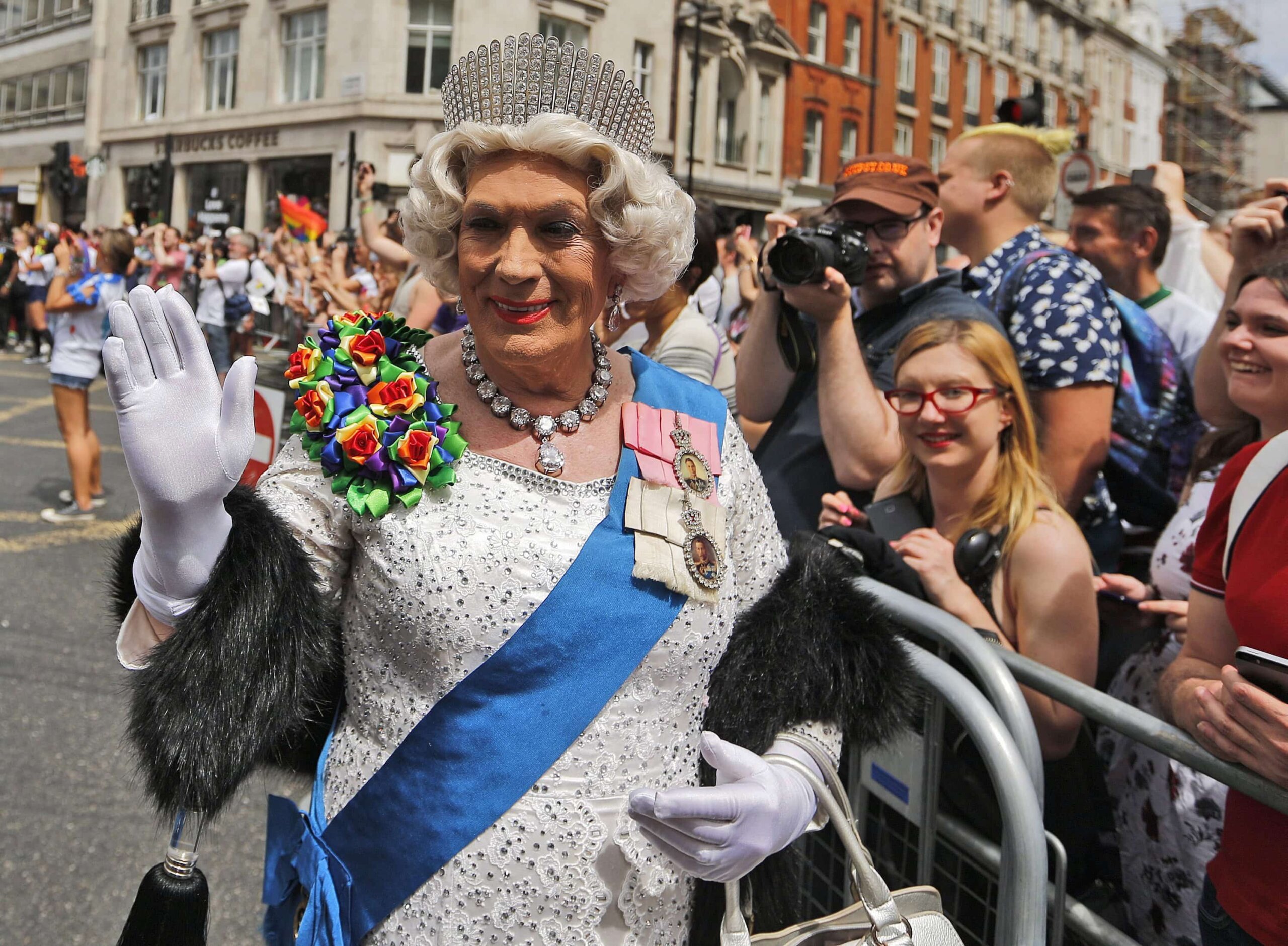
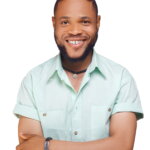
 Why you can trust Xtra
Why you can trust Xtra
